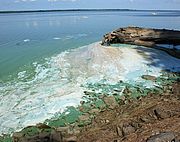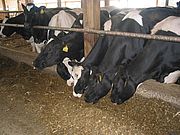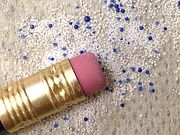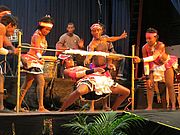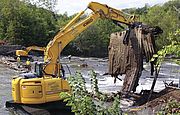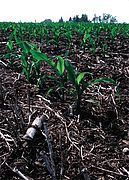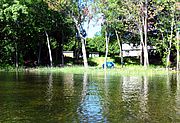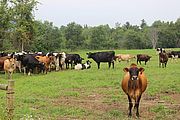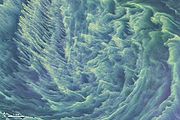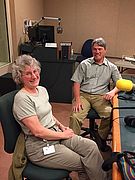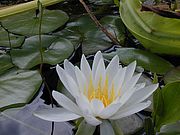The summer of 2015 saw extensive disgusting blue-green algae blooms in northeastern bays of Lake Champlain, but much has occurred on the recent policy front to lend hope about the future of Lake Champlain. Vermont passed a new clean water bill whose implementation should improve many practices around the state that affect water quality. Read...
News from Selected Month
On Thursday November 12 the Vermont Agency of Agriculture, Food and Markets will hold a public hearing on a new plan to require Best Management Practices (BMPs) on farms in the Missisquoi Bay basin as well as St. Albans, Otter Creek and South Lake watersheds. Read...
New York Senator Kirsten Gillibrand was in Plattsburgh in late July to muster support for a bill to ban microbeads from our nation’s waters. The proposed bill would amend the Federal Food, Drug, and Cosmetic Act to prohibit the distribution of any cosmetic that contains synthetic plastic microbeads. Read...
The EPA has put forth an ambitious pollution budget for Lake Champlain (the TMDL). In some places that budget is too ambitious, calling for reductions that just aren’t realistic. That was the message from LCC at a public meeting in South Burlington. Read...
The Willsboro Dam on the Boquet River was removed in August opening over 30 miles of river to spawning by Atlantic salmon. The 125-year old dam, a relic of the area’s milling past, was falling apart. The roughly $250,000 cost of removal was around four times less than the cost of repair or replacement. Read...
Agriculture is a significant source of phosphorus loading to Lake Champlain. Reductions of between 20 and 83% of current loads in targeted watersheds are needed to meet water quality standards. Improving soil health can reduce erosion and phosphorus loss from fields. Read...
In order to address lake shore erosion issues you first have to know what is causing the erosion. It is easy to look at the broad expanse of the lake and assume the crashing waves are the source of the problem, even when it’s not true. Read...
Vermont Public Radio took an in-depth look at pollution sources and solutions in their recent Downstream series. Read...
As part of Vermont Public Radio's attention to water, LCC Staff Scientist Mike Winslow provided the following commentary for the station, which you can listen to on-line. Read...
Algae blooms have become common across the country and across the world. While some of the places they are appearing have a history of nuisance levels, in other places the blooms are considered new or rare. Read...
LCC has been working hard to educate the public about blue-green algae. For years now we have offered algae monitor training sessions to instruct anyone interested in how to distinguish blue-green algae from other floating phenomena and what the health risks are of exposure to blue-green algae. Read...
The white water lilly (Nymphaea odorata) is surely reason enough to paddle in quite still waters. The plant grows in ponds, lakes, slow stream and ditches from Newfoundland to Saskatchewan and south to Central America. Read...
Read about the Burlington Pharmaceutical Survey, the return of Lake Sturgeon, flood damages in Central VT, endangered species and more! Read...

